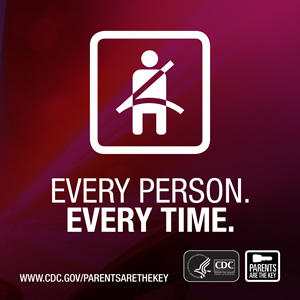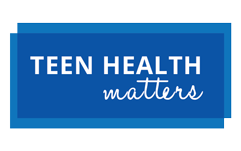
It’s National Child Passenger Safety Week! I know that most THM readers are not children, so this won’t go into too much detail on child car safety but rather teen safety while driving.
Growing up we’re taught to always wear our seatbelts in the car because in the event of a car crash it will potentially save our lives. However, we still have a significant amount of young teen drivers (as well as adults) and passengers neglecting to do so. It’s incredibly important to wear your seatbelt and properly buckle any children into age and size appropriate car and booster seats. This will reduce the risk in half of injury and death caused by car crashes.
Fun fact: In 2014, 91% of the Maryland population wore seat belts.
Here’s some food for thought: According to the Centers for Disease Control, car crashes are the leading cause of death among teens. Everyday sixteen teens between the ages of 16 and 19 will die from a car crash injuries (CDC, 2016). It’s quite shocking.
Who is at risk?
Essentially, everyone is at risk for car accidents (pedestrians, drivers, cyclists, etc.). However, those who do not wear a seatbelt are at an even greater risk for injury or death. Research shows that males, teens with teen passengers, and newly licensed teens are at increased risk of motor vehicle crashes.
Males: In 2014 alone, the motor vehicle death rate for male drivers and passengers aged between 16 to 19 was two times that of their female counterparts.
Teens with teen passengers: Having teen passengers in the car with you increases the crash risk. This risk increases as the number of passengers increases.
Newly licensed teens: The risk of crashing is significantly higher during the first months of receiving a license.
What can you do to stay safe?
- Wear, wear, wear your seatbelt (and make sure all passengers in your car do the same).
- Don’t drink and drive. I know for a lot of you it’s common sense, but this isn’t the case for everyone. Remember there are services like Lyft and Uber that you can use if you ever find yourself in this situation.
- Be aware of the eight danger zones.
- Inexperienced driver
- Driving with teen passengers
- Driving at night
- Not using your seat belt
- Distracted driving
- Drowsy driving
- Reckless driving
- Impaired driving
To learn more about how to stay safe on the road visit www.cdc.gov/motorvehiclesafety/
